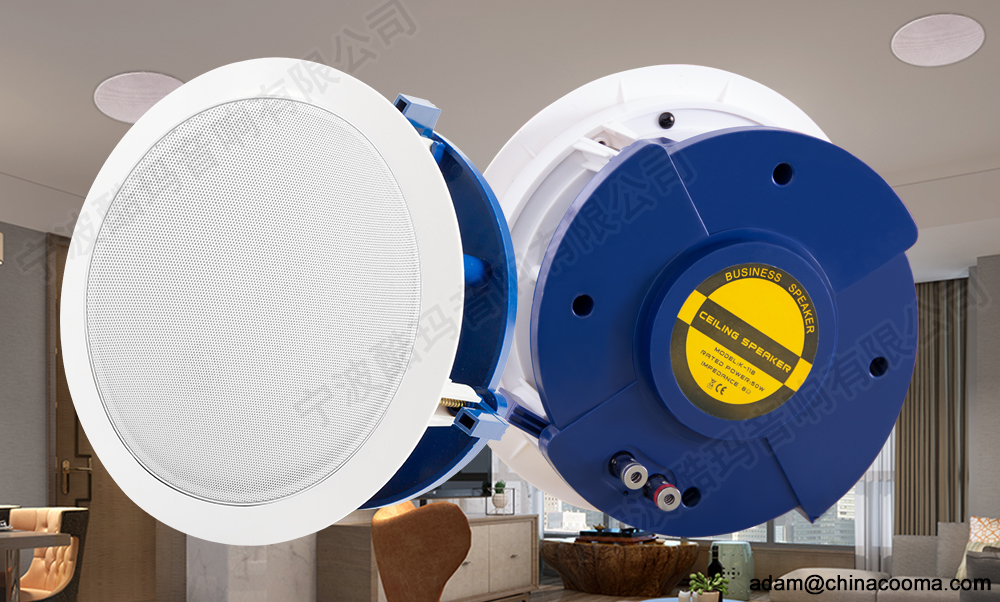- Design voltage is different
The electrical power of a speaker changes with the change of the voltage added to its two ends. Also, a single speaker doesn't work on any random circuit. When designing the speaker, it is necessary to determine its voltage at normal operation is the rated voltage, and its power at the rated voltage is the rated power. A speaker is produced, and its rated voltage, rated power is determined.
Actual voltage, the actual power is uncertain, to change with the change of the speaker operating conditions. Only when the actual voltage at both ends of the speaker is equal to the rated voltage, the actual power is equal to the rated power, and the speaker can work normally. The greater the actual power of the speaker, the wider the sound transmission range, the brighter the sound transmission range.
- Different certainty
Generally speaking, after the speaker is produced, its rated voltage, rated power are determined. The actual voltage and actual power are uncertain (change with the operating conditions of the speaker).
If the actual voltage is equal to the rated voltage, the actual power is equal to the rated power; if the actual voltage is not equal to the rated voltage, the actual power is not equal to the rated power, and the speaker is not working normally. Often in the abnormal work will affect the service life of the speaker, so in the use should try to ensure that the actual operating voltage of the speaker is equal to or close to its rated voltage.
- Different conditions are achieved
The rated power of an electrical appliance refers to the power when the speaker is operating normally. Its value is the rated voltage of the speaker multiplied by the rated current. If the actual power of the speaker is greater than the rated power, the speaker may be damaged; if the actual power is less than the rated power, the speaker cannot operate properly.



